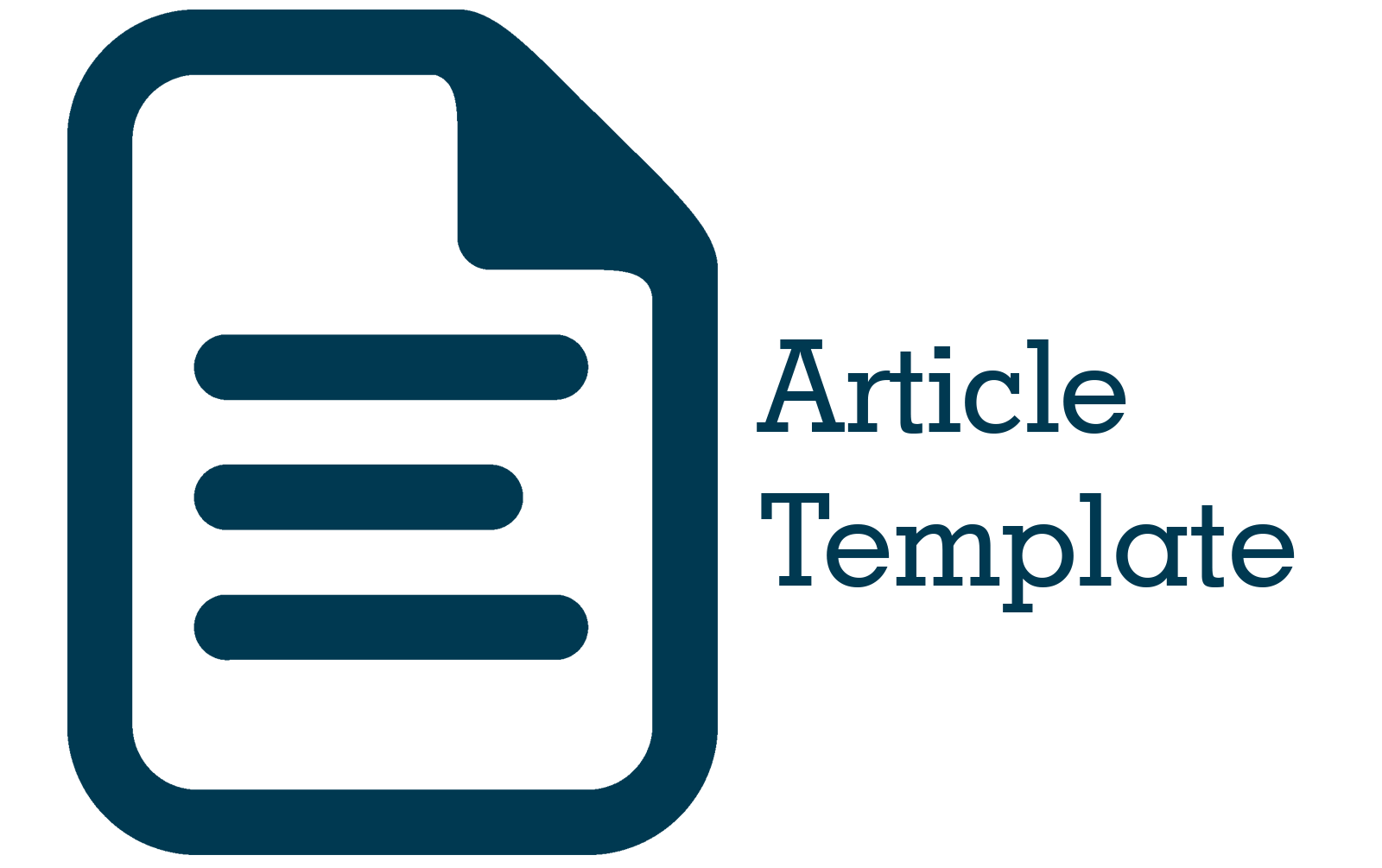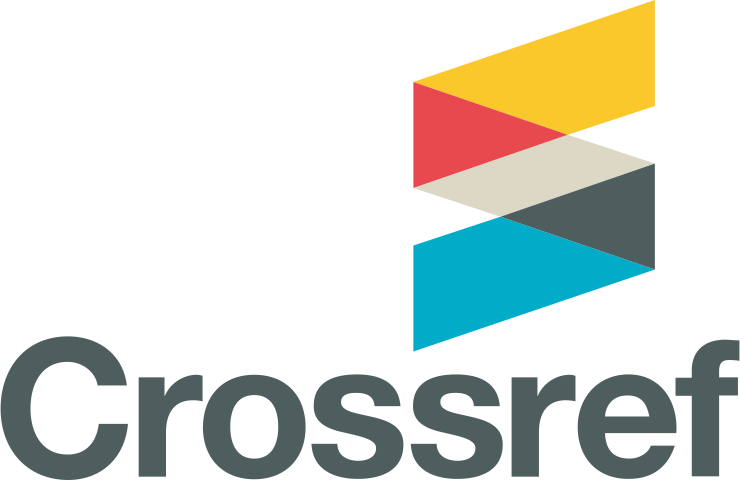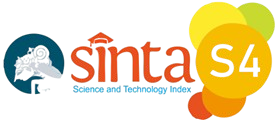Decision Making on The Organoleptic Quality of Salted Egg Products using Analytical Hierarchy Process and Simple Additive Weighting
DOI:
https://doi.org/10.62411/tc.v23i3.11038Abstract
Chicken and duck eggs are highly nutritious food products that are popular among the Indonesian community. However, their perishable nature leads to a decline in quality if not further processed. The salting process is a simple preservation method that can also enhance the flavor of salted egg products. To produce salted egg products with high organoleptic quality preference, a combination of Analytical Hierarchy Process (AHP) and Simple Additive Weighting (SAW) is implemented as a quality decision-making method based on: (1) the experts viewpoints on the importance level of organoleptic criteria, and (2) the scores of organoleptic tests for the criteria of texture, taste, and appearance. In this study, chicken and duck eggs were processed into salted eggs using a salting mixture made of a blend of scouring ash and table salt with a mass ratio of 5:4 and 5:6, resulting in product combinations coded as CE-5/4, CE-5/6, DE-5/4, and DE-5/6. Data processing results on the importance level from the experts viewpoints using the AHP method resulted that the criteria for texture, taste, and aroma had final priority weights of 0.244, 0.617, and 0.139, respectively. Final decision-making using the SAW method indicated that the highest to lowest final preference scores were obtained by products CE-5/4, DE-5/4, DE-5/6, and CE-5/6, with the final preference scores of 0.979, 0.963, 0.931, and 0.906, respectively. The results demonstrated that AHP and SAW were successfully implemented to assist in making decisions regarding the quality of salted egg products based on their organoleptic characteristics. Keywords: salted egg, organoleptic, decision-making, AHP, SAWDownloads
Published
Issue
Section
License
Copyright (c) 2024 Tri Hadiah Muliawati, Andhik Ampuh Yunanto, Borneo Satria Pratama, Aditya Wahyu Nugraha, Deni Subara, Amalia Afifah, Sariati

This work is licensed under a Creative Commons Attribution-NonCommercial 4.0 International License.
License Terms
All articles published in Techno.COM Journal are licensed under the Creative Commons Attribution-NonCommercial 4.0 International (CC BY-NC 4.0). This means:
1. Attribution
Readers and users are free to:
-
Share – Copy and redistribute the material in any medium or format.
-
Adapt – Remix, transform, and build upon the material.
As long as proper credit is given to the original work by citing the author(s) and the journal.
2. Non-Commercial Use
-
The material cannot be used for commercial purposes.
-
Commercial use includes selling the content, using it in commercial advertising, or integrating it into products/services for profit.
3. Rights of Authors
-
Authors retain copyright and grant Techno.COM Journal the right to publish the article.
-
Authors can distribute their work (e.g., in institutional repositories or personal websites) with proper acknowledgment of the journal.
4. No Additional Restrictions
-
The journal cannot apply legal terms or technological measures that restrict others from using the material in ways allowed by the license.
5. Disclaimer
-
The journal is not responsible for how the published content is used by third parties.
-
The opinions expressed in the articles are solely those of the authors.
For more details, visit the Creative Commons License Page:
? https://creativecommons.org/licenses/by-nc/4.0/
















